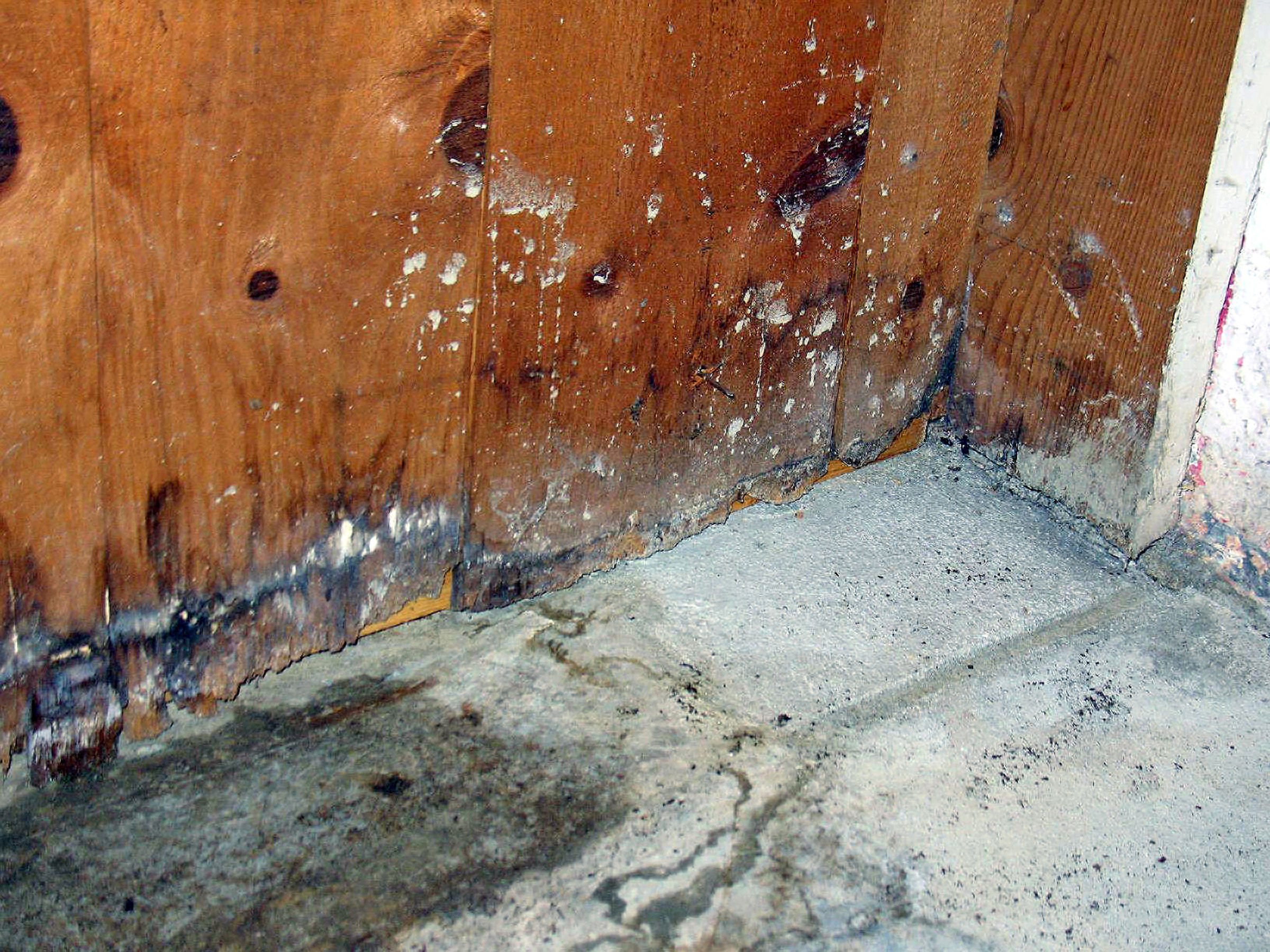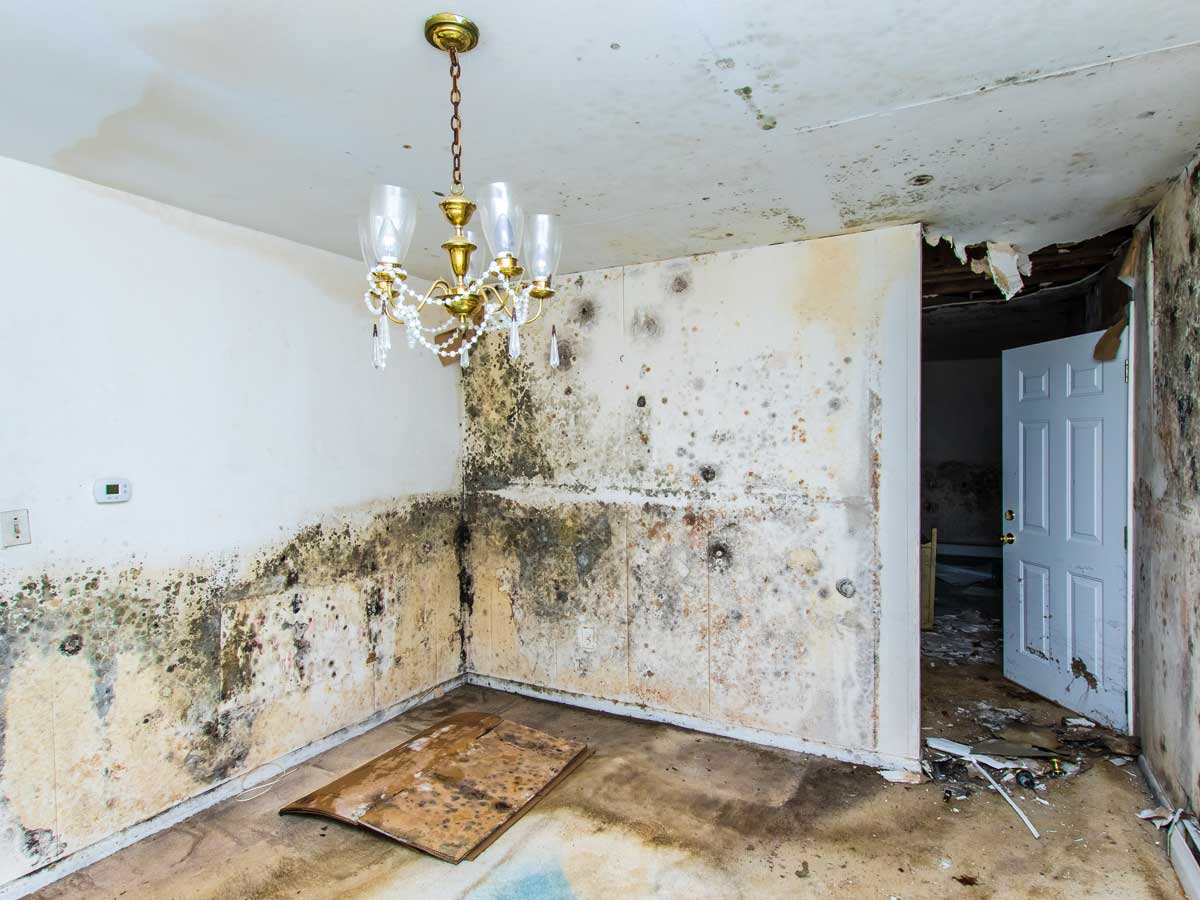24/7 Emergency Water Damage Restoration Services for Urgent Needs
Wiki Article
The Process of Water Damages Cleanup: Ensuring Your Home Is Recovered Properly
Water damage can be a challenging obstacle for home owners, demanding a meticulous and organized cleanup procedure to restore safety and performance. damage restoration services. Following this, effective water extraction methods play a crucial duty in mitigating additional harm.Analyzing the Damage
Upon uncovering water damages, the very first step is to extensively examine the extent of the impact. This initial evaluation is crucial, as it aids identify the essential actions for reliable clean-up and restoration. Begin by examining the influenced locations, consisting of wall surfaces, ceilings, floors, and personal possessions, to identify the source of the water breach, whether from flooding, leakages, or condensation.Recording the damages is vital for both insurance cases and planning repair initiatives - damage restoration services. Use pictures and created notes to record the intensity of the damages, keeping in mind any afflicted structural elements and products. Pay unique focus to areas that might not be quickly noticeable, such as behind walls and under carpets, as hidden wetness can cause additional problems, including mold and mildew growth
Furthermore, examine the timeline of the water exposure. The longer the products remain wet, the better the potential for damages. Understanding the period of direct exposure will inform the urgency of remediation initiatives. Inevitably, a thorough evaluation lays the foundation for a successful water damages clean-up process, ensuring that all influenced areas are attended to successfully and completely.
Water Removal Methods

Specialists normally utilize completely submersible pumps for bigger volumes of water, which can rapidly minimize flooding in basements or various other affected locations. For smaller sized quantities, wet/dry vacuums are usually made use of to extract residual wetness from carpets and hard surface areas. Furthermore, making use of portable extractors permits targeted removal in constrained spaces or areas with delicate materials.
In circumstances of infected water, such as sewer or floodwater, progressed removal techniques might include the usage of biohazard tools to ensure safety and security and compliance with wellness guidelines. High-powered removal tools are important in lessening water retention in structural materials, which can cause mold and mildew development and structural deterioration otherwise addressed immediately.
Eventually, the effectiveness of water removal techniques plays an essential role in the total success of the water damage clean-up procedure, laying the foundation for succeeding reconstruction initiatives.
Drying and Dehumidification
When standing water has been efficiently extracted, the next crucial stage in the water damages cleaning procedure is drying out and dehumidification. This step is vital to stop further damages and mold and mildew growth, which can occur within 24 to two days in damp environments.To achieve efficient drying out, specific equipment such as industrial-grade air moving companies and dehumidifiers is used. Air moving companies circulate air across damp surface areas, improving dissipation prices, while dehumidifiers minimize moisture levels in the air, advertising a favorable atmosphere for drying out. The mix of these devices makes sure that dampness is extracted from floors, wall surfaces, and furnishings, permitting them to completely dry extensively.
It is essential to keep track of the drying procedure closely. Experts usually make use of moisture meters to assess the moisture material in different products, guaranteeing that all impacted areas reach acceptable dryness levels. This careful technique aids to stop hidden dampness pockets that could cause architectural damage or unhealthy mold growth.

Cleaning and Disinfecting
After the drying out and dehumidification phase is total, the next vital action in water damages cleaning is cleansing and disinfecting the influenced locations. This process is critical to stop the development of mold and mildew, microorganisms, and various other pathogens that thrive in moist environments.The cleansing phase usually includes getting rid of any kind of particles, dirt, and contaminants from surface areas using specialized cleaning representatives. For hard surface areas, a combination of soap and water or industrial cleaning items is typically employed. Soft products, such as upholstery and carpetings, might water damage restoration require much more substantial cleaning approaches, including heavy steam cleaning or deep removal techniques, to guarantee detailed cleanliness.

Sterilizing complies with cleansing, utilizing EPA-approved disinfectants to eliminate hazardous microbes. This step is essential, specifically in areas that may have entered contact with floodwaters or sewage, as these resources can position major health and wellness risks.
Additionally, it is crucial to deal with any kind of continuing to be smells, which may require making use of smell neutralizers or sophisticated methods like ozone treatment. Appropriate cleansing and disinfecting not just restore the safety and security and health of your home yet additionally lay the groundwork for successful repair and repair work in succeeding stages of the water damages cleaning process.
Remediation and Fixings

Once the analysis is full, remediation initiatives can start. Additionally, flooring might call for similar attention, depending on the level of water direct exposure.
It is essential to engage seasoned restoration experts during this procedure, as they have the know-how to take care of complex repair work successfully. They can aid mitigate prospective future concerns, such as mold growth or architectural instability, hence making sure a secure and habitable living atmosphere. Inevitably, reliable reconstruction and repairs restore the home's integrity and enhance its overall value.
Conclusion
To conclude, the procedure of water damages clean-up is essential for recovering a home to its pre-damage problem. Each phase, from assessing the damage to executing effective water extraction techniques, followed by extensive drying, sanitizing, and necessary repair work, plays a vital function in guaranteeing safety and conformity with structure requirements. Efficient implementation of these steps not only minimizes prompt damage however additionally enhances the lasting integrity and worth of the residential property.Water damages can be an overwhelming challenge for house owners, requiring a structured and thorough cleaning procedure to bring back safety and functionality. Inevitably, a comprehensive evaluation lays the groundwork for an effective water damage clean-up process, guaranteeing that all impacted areas are dealt with successfully and completely.
Effective water extraction techniques are necessary in minimizing damages and avoiding additional difficulties adhering to a water breach occasion.In conclusion, the procedure of water damages cleaning is critical for restoring a home to its pre-damage condition. Each phase, from examining the damages to applying reliable water removal techniques, followed by comprehensive drying, sterilizing, and needed repair services, plays an essential role in ensuring safety and compliance with building criteria.
Report this wiki page